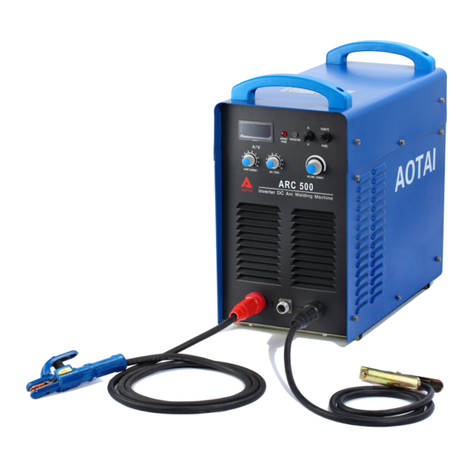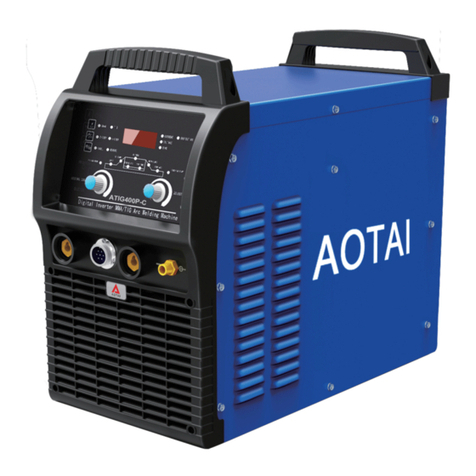
Contents
1-GENERAL REMARKS............................................................................................ 9
1-1 Power source features................................................................................9
1-2 Functional principle..................................................................................... 9
1-3 Output characteristics...............................................................................10
1-4 Duty cycle................................................................................................... 10
1-5 Applications................................................................................................ 11
1-6 Warning label............................................................................................. 12
2-VERSIONS BRIEFS.............................................................................................. 12
3-BEFORE COMMISSIONING............................................................................... 13
3-1 Utilization for intended purpose only...................................................... 13
3-2 Machine installation rules.........................................................................13
3-3 Power source connection.........................................................................13
3-4 Welding cables instruction....................................................................... 14
4-AMIG 350/500 P/PM............................................................................................. 16
4-1 System components................................................................................. 16
4-2 Basic equipments for welding................................................................. 16
4-3 Control panel..............................................................................................17
4-4 Sub-menu................................................................................................... 23
4-5 JOB mode-CALL& STORE function.......................................................29
4-6 Interface...................................................................................................... 31
4-7 Installation.................................................................................................. 32
4-8 welding process installation.....................................................................37
4-9 Technical data........................................................................................... 38
4-10 Dimension................................................................................................ 40
4-11 Disassembly and reassembly............................................................... 41
5-WF-P WIREFEEDER............................................................................................ 45
5-1 Features......................................................................................................45
5-2 Interface...................................................................................................... 46
5-3 Control panel..............................................................................................48






























